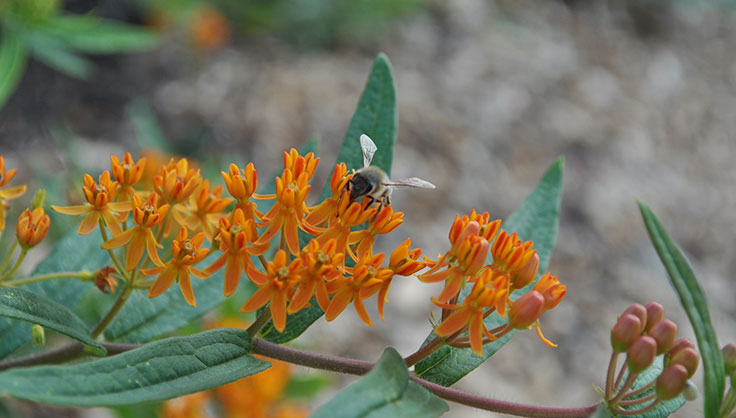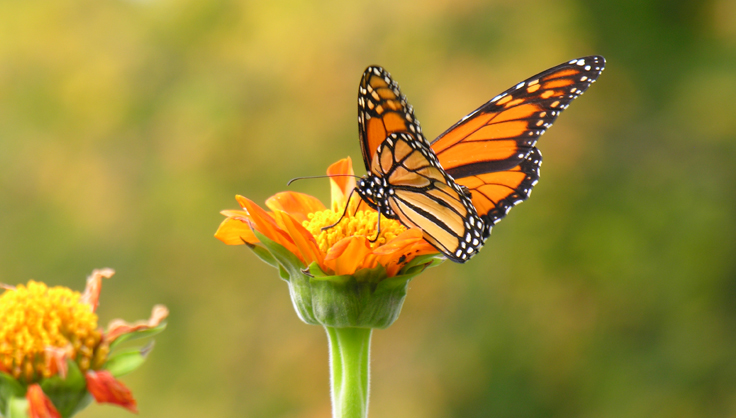Plant This, Not That!
Native alternatives to popular ornamental plants
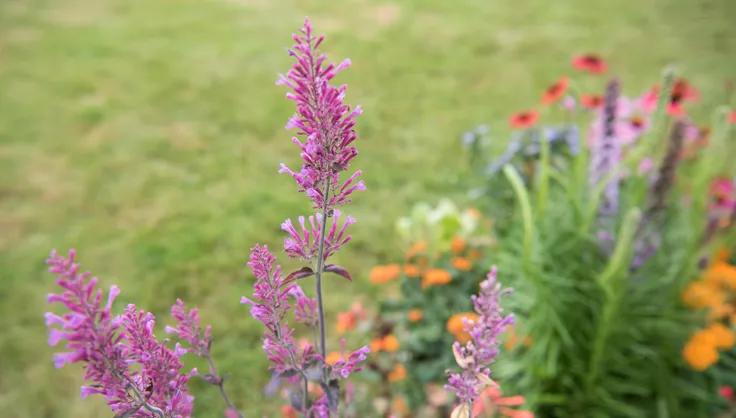
- Native plants support native wildlife, from insects to birds to mammals.
- Native plants are specifically adapted to the conditions of their native range. They have evolved to handle (and even thrive in!) extreme temperatures, heavy clay, nutrient-poor sand, drought, winds, etc.
- Native plants are low maintenance. They require less water, fertilizer, and pest control than turf grass and many ornamental varieties.
Hoping to add some newcomers to your garden this season? Consider swapping a nonnative ornamental for a native plant.
Native Alternatives To Popular Ornamental Plants
For Trees
Instead of a Bradford Pear, Try:

Eastern Redbud (Cercis canadensis)
Looking for early spring color? While most of the landscape is still bare of leaves, the Eastern redbud kicks off spring with an explosion of rosy magenta buds. This native tree tolerates full sun to partial shade, and the early blossoms draw in several species of early-season butterflies seeking nectar. Hardy in zones 4-9, and typically topping out at just 20-30 feet tall, Eastern redbud is an excellent candidate for those awkward spots along foundations and under utility lines.
Native to: Eastern US from southern New England to northern TX
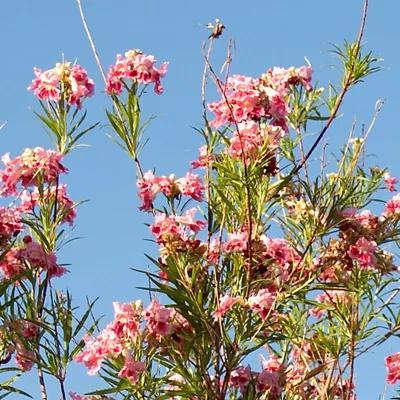
Starting in late spring, this small deciduous tree puts forth a profusion of fragrant pink flowers that draw in hummingbirds and bees. Desert willow is considered a phreatophyte, a class of plants that get their water from the water table via long, incredibly deep roots — this tree is drought-tolerant and easily handles gravelly, nutrient-poor soils. It is hardy in zones 7-10. Desert willow's twisty, multi-trunked form makes it a fantastic addition to a sunny border garden as a specimen tree. Planted in groups, it provides a shady windbreak for both humans and wildlife.
Native to: Southwestern US from southern CA to western TX
For Shrubs
Instead of Butterfly Bush, Try:
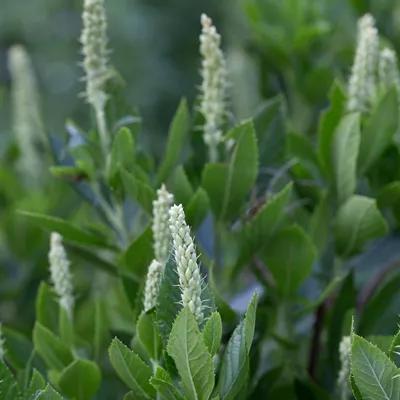
Sweet Pepperbush (Clethra alnifolia)
This unassuming shrub has tiny, pale blossoms that produce a spectacularly spicy-sweet fragrance that draws tons in tons of bees and butterflies. Sweet pepperbush (also called summersweet) tolerates heavy clay soils and even occasional flooding, making it the perfect addition to a rain garden, pond edge, or riverbank buffer. This versatile plant is hardy in zones 3-9.
Native to: Eastern US from ME to FL.
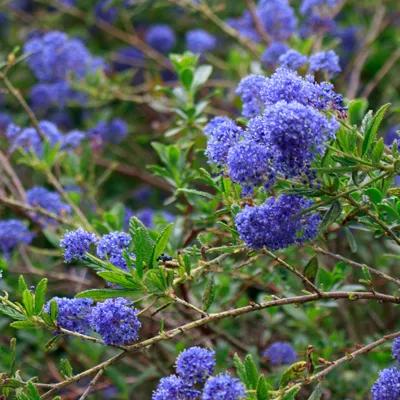
Looking for something blue? Also called wild lilac, California lilac is a mounding evergreen shrub that produces loads of flower clusters ranging in color from sky blue to a deep lavender blue. It is hugely popular with bees. Drought-tolerant and quick-growing, California lilac does not appreciate cold temps or high humidity, and instead favors growing in well-drained soil in zones 7-10.
Native to: West coast from WA to northern CA
For Vines
Instead of Japanese Honeysuckle, Try:
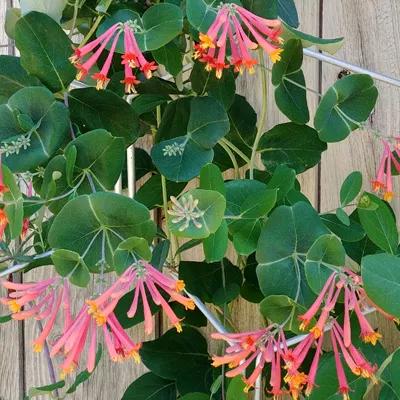
Coral Honeysuckle (Lonicera sempervirens)
Covered in clusters of tubular, neon red flowers, coral honeysuckle is a pollinator magnet. Summer flowers are followed by fall berries, which feed birds and small mammals. Train coral honeysuckle up a trellis or obelisk for support, and feel free to add healthy doses of compost prior to planting, as this woody twining vine prefers loamy soil chock full of organic matter. Also called trumpet honeysuckle, this native vine is hardy in zones 4-10 and will even remain evergreen in the warmest regions of its range.
Native to: Eastern US from ME to FL and west to TX
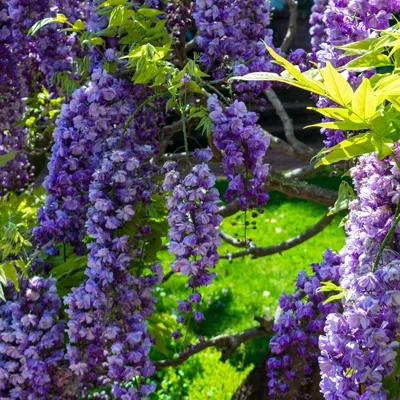
American Wisteria (Wisteria frutescens)
American Wisteria is a vigorous vine that produces loads of fragrant, lavender-colored, drooping flowers in early summer. As a woody climber reaching up to 30 feet in height, American wisteria will require a sturdy arbor for support. Hardy in zones 5-9 and native to moist, swampy woodlands, this vine truly thrives in full sun and fertile soil.
Native to: Southeast US from VA to FL and west to TX
Instead of Sweet Autumn Clematis, Try:
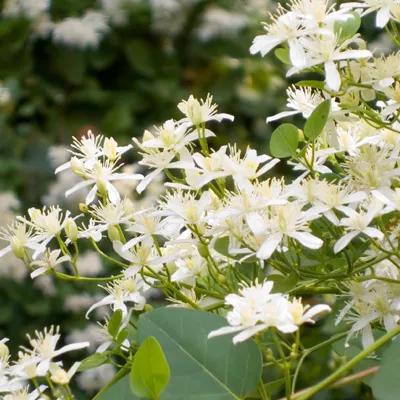
Woodbine (Clematis virginiana)
Also known as Virgin's Bower, woodbine is hardy in zones 4-9 and thrives in moist, fertile soil and partial sun. It is one of the few vines that happily flowers in shade, and it produces loads of petite white flowers in late summer. Plant woodbine in a shade garden or woodland setting, where it can ramble along a fence or up a trellis.
Native to: Eastern and Central US from ME south across the Appalachian region to AR
For Groundcover
Instead of Periwinkle (Vinca spp.), Try:

Bearberry (Arctostaphylos uva-ursi)
This low-growing, incredibly hardy evergreen puts forth tiny white flowers in the spring that turn into brilliant red berries in the fall. The fruits are a vital food source for wildlife, especially when the rest of the northern winter landscape is bare, and bearberry has also long been recognized for its medicinal properties by indigenous communities. In the garden, bearberry is versatile groundcover that tolerates nutrient-poor, sandy, and acidic soils in zones 2-6 — use it as erosion control or a lovely lawn alternative.
Native to: Northern US from AK down to northern CA and across to the Atlantic coast
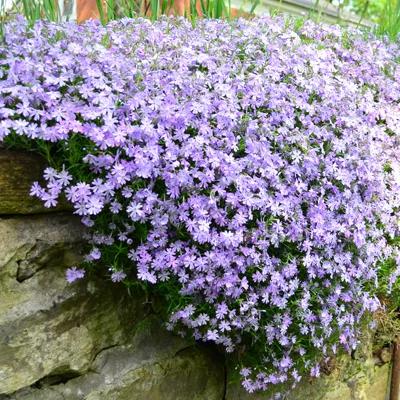
Creeping Phlox (Phlox stolonifera)
Don't let its diminutive form fool you; creeping phlox bursts into a 4-6 inch tall carpet of pastel blues, pinks, and purples in mid-spring, attracting butterflies with its nectar-rich blooms. Creeping phlox is hardy in zones 3-9 and prefers well-drained soils in full sun. Plant creeping phlox on a steep slope for added erosion control or draped along a sunny stone wall.
Native to: Eastern US from PA to the Appalachian Mountains
For Grasses
Instead of Fountain Grass, Try:

Little Bluestem (Schizachyrium scoparium)
This clumping plant is prized for its upright blue-green fringe that turns a lovely coppery red in the fall. Little Bluestem flourishes in sandy soils and tolerates a huge range of temperatures; its native range extends across nearly all of North America and is hardy in zones 3-10. Add little bluestem as a border accent or pair it with purple coneflower and yarrow for a naturalistic prairie vibe.
Native to: All of US with the exception of the far west coast

Muhly Grass (Muhlenbergia capillaris)
With its airy, frothy appearance, it's no surprise that Muhly grass is also called "Hair Grass". It's billowy seed heads appear white to pale pink for most of the season, then deepen to a rosy pink in the fall — planted en masse, it's definitely a showstopper. Native to southern landscapes from zones 6-10, Muhly grass thrives in warm, dry conditions, and can handle drought in a stride.
Native to: Southeastern US from NJ down to FL and west to TX
For Perennial Plants
Instead of Common Daylily, Try:
Blanketflower (Gaillardia aristata)

Blanketflower is a flowering perennial that boasts cheery red and yellow daisy-like faces. Native to the dry, sunny plains of the northwest, blanketflower is a popular choice for meadowscaping and xeriscapes (low water landscapes). Bonus: Hardy in zones 3-8, blanketflower makes an excellent addition to the cut flower garden. Harvest regularly, and you'll have continuous blooms from early summer through frost.
Native to: Western US and northern Great Plains region
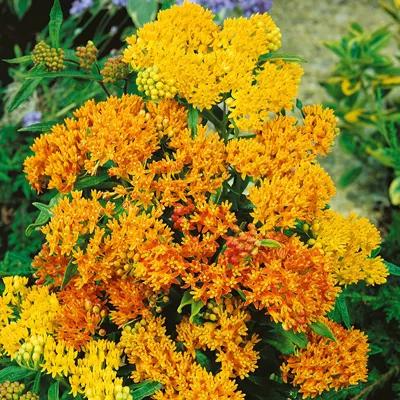
Butterfly Weed (Asclepias tuberosa)
True to its name, butterfly weed supports loads of butterflies and is the host plant for the Monarch butterfly caterpillars (Yes, if you want butterflies, you’ll need caterpillars). Topped with vivid orange blossoms, butterfly weed is hardy in zones 3-9 and grows in a variety of soils from clay to loam, making it a truly versatile native plant. Plant in pollinator gardens, borders, or add to your meadow.
Native to: Eastern and Midwestern US, from ME to northern TX
Instead of Russian Sage, Try:

Giant Purple Sage (Salvia pachyphylla)
This long-lived, fragrant woody shrub features silvery evergreen foliage and of course, prolific purple flowers. Low maintenance giant purple sage thrives in, and even prefers, nutrient-poor soils and minimal watering. Native to the arid southwest, and hardy in zones 5-10, giant purple sage will be totally at home in a rock garden or along a hot sidewalk.
Native to: Southwest US, from southern CA to TX

False Indigo (Baptisia australis)
Tall, lupine-like spires of purple buds burst into bloom in late spring, and then give way to black seed pods in the fall. Hardy in zones 3-9, False Indigo is a nitrogen-fixer with a robust taproot, meaning it improves surrounding soil health, is drought-tolerant, and does not require fertilization. The tidy blue-green foliage of this perennial dies all the way back to the ground in the winter, so you may find yourself pleasantly surprised when it emerges again the following spring.
Native to: Eastern US
Last updated: 04/09/2024
Print this Article:
Related Articles
Get the Dirt
Stay up to date on new articles and advice. Please fill out the information below.


